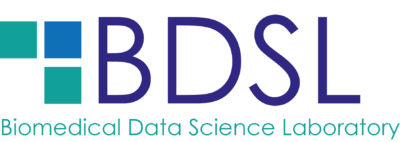Introduction
Structured Query Language (SQL) is a standardized language designed for three key database operations: (1) defining database structures, (2) manipulating data, and (3) retrieving data from databases. SQL facilitates interaction with Database Management Systems (DBMS), which are responsible for data storage, management, and retrieval. These systems, such as MySQL, Oracle, and Microsoft SQL Server, interpret SQL commands to perform requested operations. While the core functionality of SQL is consistent across different DBMS, the specifics of its implementation and processing can vary depending on the system’s architecture and capabilities.
SQL is known for its user-friendly syntax, making it accessible for various applications and integrable with numerous programming languages. This universal applicability means that once users grasp SQL syntax and principles, they can efficiently manage and manipulate databases across diverse platforms and environments. This versatility underscores SQL’s status as a foundational tool in database management and data-driven applications.
For instance, can create an empty database with name test using the following SQL command. This post will also discuss key SQL commands in detail.
CREATE DATABASE test;Database
A database is a systematically organized collection of data, typically stored electronically with a specific structure. The structure often takes the form of tables, which are composed of attributes (columns) and records (rows). Data in a database can be stored in various formats, including flat text files with a .txt extension or in spreadsheet files like Microsoft Excel’s .xlsx. However, for more comprehensive and efficient data handling, Database Management Systems (DBMS) are employed. These systems, such as MySQL, Oracle Database, and Microsoft SQL Server, provide sophisticated tools and functionalities for managing and utilizing data effectively. Interaction with a DBMS allows users to efficiently store, retrieve, and manipulate database content.
Database Operation Languages
Database languages, essential for interacting with databases, are categorized into three types based on their operational functions. SQL encompasses all three of three languages.
- Data Definition Language (DDL): Define the structure of the data
- Data Manipulation Language (DML): Insert new records and update existing records
- Data Query Language (DQL): Retrieve data from the database
Database operations using SQL
Create a database
A new database can be created with the following SQL command. This operation is related to data definition.
CREATE DATABASE database_name;Create a data table
A table form of data can be defined using the following SQL command. This operation also belongs to data definition.
CREATE TABLE table_name (attribute_name_1 attribute_type_1, attribute_name_2 attribute_type_2, ...)A data for a person can be created with
CREATE TABLE person (name VARCHAR(100), age INT); 